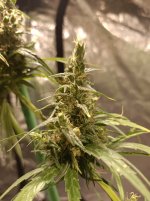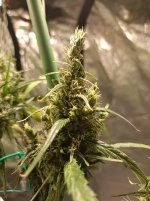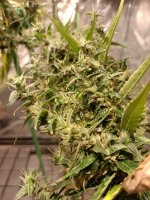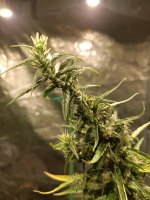therealpacific
Active member
It had more of what I would call a "cured" flavor vs. just dried and compressed. the Mexican weed all tasted the same no matter what. like dirt.i asked because not having smoked the real thing and hearing about the so called lumbo phenos in the haze im curious if what i have is that type









 .He gifted me a few ones...not sure if those were his own work or originals.
.He gifted me a few ones...not sure if those were his own work or originals.
